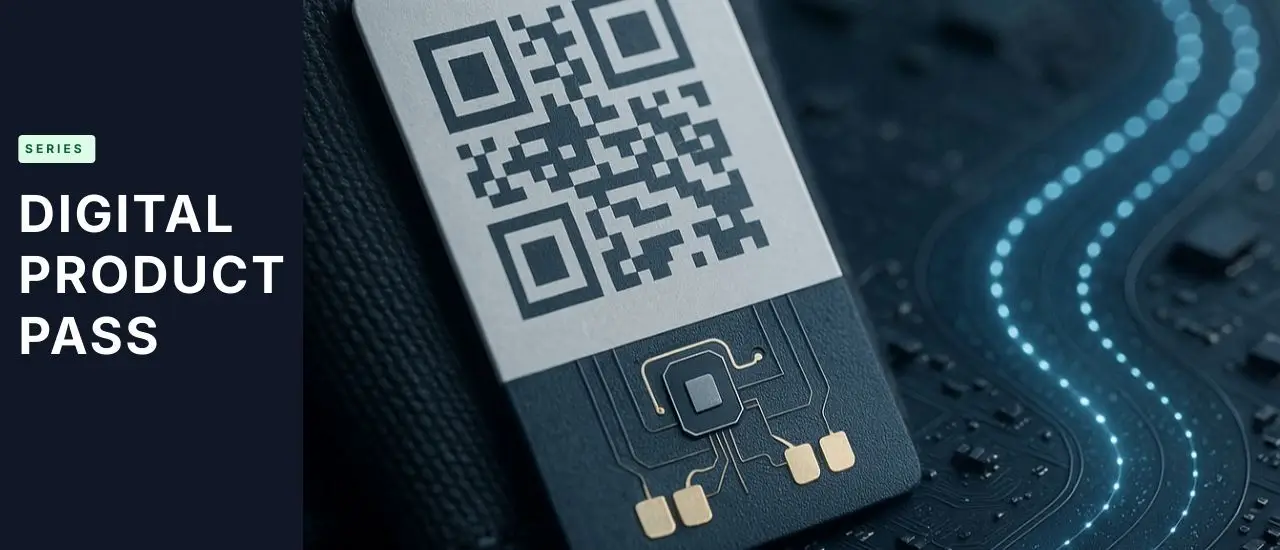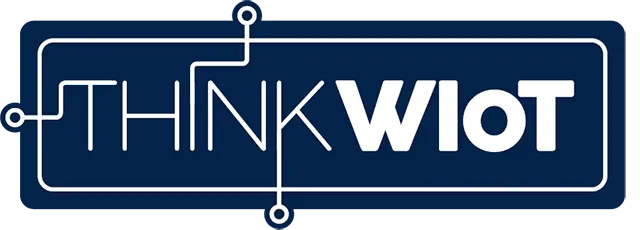5G Campus Network
5G Test Store in Floridsdorf
5G promises data transmission in real time. For a retail company like SPAR, this opens up new possibilities. To implement this, SPAR has set up a 5G test network in a supermarket in Floridsdorf, a district of Vienna. Here, smart shopping carts now roll through the store. All of them are 5G-enabled. The carts communicate securely and stably via the private 5G campus network. The network was installed directly at the store location.
"Thanks to network slicing, the 5G mobile communications standard enables high stability and data transmission rates in the 5G test store."

Shopping Cart Tracking with 5G
All carts can be located with an accuracy of up to 20 centimeters. SPAR's goal is to learn more about the customer journey: What paths do customers take through the store? How long are the carts used? When do they arrive at the checkout? This is information that also helps the customer. This is because the anonymous collection of data helps to prevent queues at the checkout before they form. In addition, shopping cart tracking prevents theft: if a trolley leaves the defined area, the system sounds an alarm.
5G as Part of the Digitalization Strategy
SPAR thinks digital. The retailer has been working on smart retail for years and is continuously optimizing internal processes with the help of innovative solutions and technologies. Thanks to 5G, the digitization strategy continues to gain momentum.

The INTERSPAR store in Floridsdorf, Vienna.
5G and AI Deployment optimize Food Retail Logistics
5G and AI in Food Retail
In merchandise logistics, SPAR already relies on artificial intelligence (AI). One outcome of this is that the intelligent ERP system can calculate the ideal harvest time for fruit and vegetables based on weather forecasts. This way, AI ensures that fresh produce is available in the store at all times.
Data Glasses in Retail Logistics
5G, for example, allows the use of data glasses in everyday work. In retail logistics, they contribute to more efficient processes in order picking and storage as well as in incoming and outgoing goods and in inventory. In addition, thanks to high-resolution live image transmission, they enable remote support for maintenance work across national borders.
Expansion of the 5G Network
SPAR is convinced that 5G will catapult retail directly into the future. The only problem: the technology is not yet mature. It lags behind mobile development and thus slows down the expansion of the 5G network in food retail. Due to the chip shortage, there is a particular lack of 5G-enabled terminals. This means that customers will have to wait a little longer for the first fully equipped 5G supermarket to open.
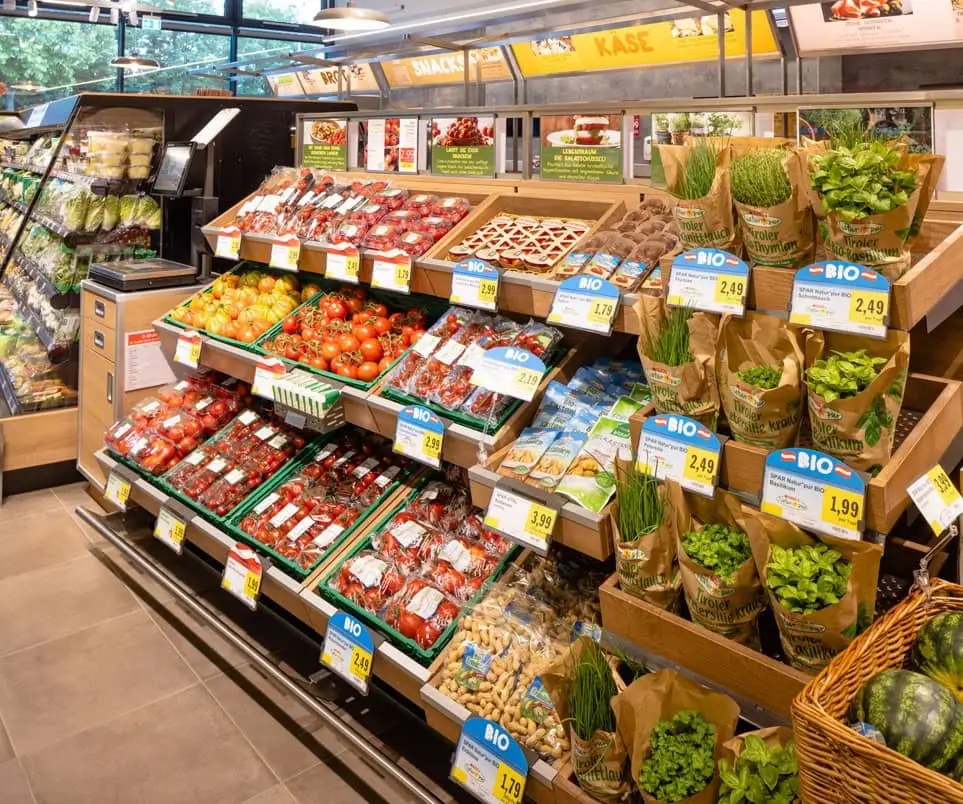
Quality in the supply chain is ensured via IoT devices.
5G-Enabled Hardware
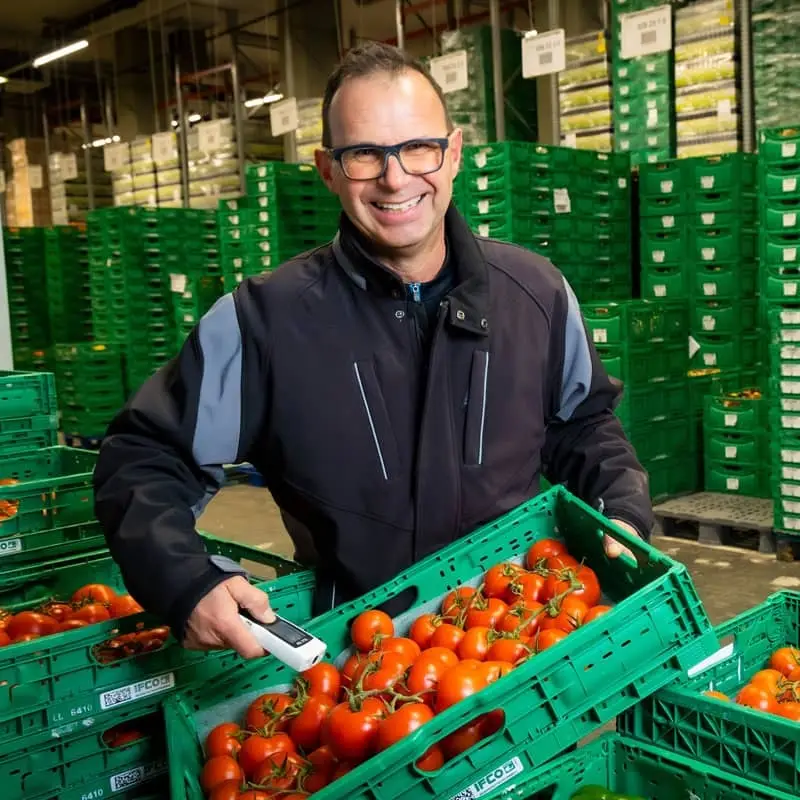
5G- and AI-Deployment optimize Food Retail Logistics.
To implement the three major advances of 5G – high data rates, ultra-low latency with extreme stability, and high numbers of network users – high-performance semiconductors and circuits are required. They are referred to as "R16 chips" for short. However, these chips are not always available at present due to the chip shortage.
R16 refers to the specifications for 5G in 'Release 16' of the 3GPP, the international standardization body for mobile communications. Work on R16 was completed in June 2020. Analysts do not expect 5G to be implemented before mid-2023.
To implement the three major advances of 5G – high data rates, ultra-low latency with extreme stability, and high numbers of network users – high-performance semiconductors and circuits are required. They are referred to as "R16 chips" for short. However, these chips are not always available at present due to the chip shortage.
R16 refers to the specifications for 5G in 'Release 16' of the 3GPP, the international standardization body for mobile communications. Work on R16 was completed in June 2020. Analysts do not expect 5G to be implemented before mid-2023.

5G- and AI-Deployment optimize Food Retail Logistics.
"AI is already being used to calculate ideal harvest times for fruits and vegetables and to increase product availability in supermarkets."

Interview with Andreas Kranabitl
In the Supermarket of the Future, Everything Runs On 5G
Andreas Kranabitl, CIO of SPAR and CEO of SPAR ICS, explains in an interview with RFID & Wireless IoT Global the benefits that can be realized in supermarkets and retail logistics with 5G.
Interview

Andreas Kranabitl, CIO of SPAR and CEO of SPAR ICS
1. Since when have 5G shopping carts been in use at INTERSPAR in Vienna-Floridsdorf, and how many shopping carts are 5G-enabled?
We have been using our 5G shopping carts at INTERSPAR in Vienna-Floridsdorf since the beginning of 2021. At this location, all of our shopping carts are 5G-enabled.
2. How was the project implemented?
The starting point for the project was actually theft prevention, as we lose several hundred shopping carts every year. A shopping cart costs around 200 euros. Together with our Telekom partner A1, we launched the project in a 5G network, because 5G now allows us to locate our shopping carts with an accuracy of up to 20 centimeters.
Then there was the information that the shopping carts transmit. We know where and how the customer is moving through the supermarket. Which areas are more frequented? Which products are particularly interesting? Are there zones that customers do not come to at all because something is blocking the way or a shelf is positioned awkwardly? This has given us the opportunity to design the customer journey in a completely different way.
3. What kind of data is being collected?
The smart shopping cart and 5G technology allow us to accurately track the location and routes taken by shopping carts. No customer data is collected, only anonymized information about the path of a shopping cart, which helps SPAR optimize the customer shopping experience.
The data can be used, for example, to see how customers move through the store and how many carts are in the store. If there are a lot of people moving around with their carts, this is automatically detected and, for example, another checkout is proactively opened. The design of the stores is thus adapted more flexibly to customer needs.
4. What other 5G applications or tests are planned at the Floridsdorf store?
There are many possible applications in a supermarket, and 5G enables us to operate primarily without network cables. In principle, many things in the supermarket could run over 5G in the future: the cash register, the price tags, the screens with special offers and also the customer WiFi. INTERSPAR in Floridsdorf is already using 5G. Everything else is still a long way off, because we do not yet have the necessary 5G-enabled devices.
5. What role does 5G play in the digitalization strategy as a whole?
Overall, 5G is an important driver for the implementation of innovations and digitalization in the company. Through 5G, we can create new, faster communication between devices, make logistics processes more efficient, and achieve all of this in a secure network. In addition, we will be able to create a completely new customer experience – also through the mobile devices of consumers. All in all, it can be said that 5G helps retailers improve the shopping experience and optimize processes.
6. Why does SPAR rely on the 5G mobile communications standard?
Network slicing gives us guaranteed bandwidth and quality with 5G, with no disconnections or slowdowns. In addition, with 5G we are in our own network and this security quality is unrivaled.
7. Is the expansion of 5G deployment in other SPAR stores or other application areas such as logistics planned?
There are currently no plans to expand to other locations. However, we see a large number of application examples that we would like to examine and implement in the long run. In Zagreb, we are currently working on a wireless administration center based on 5G. Its use in logistics is also conceivable. It would be possible, for example, to start with the registration of goods and the loading process for trucks, even if they are only just arriving. However, this also requires the necessary hardware, which is not yet fully developed and affordable.
8. What benefits have been achieved with the deployment of 5G?
With the 5G network and all the devices connected to it communicating with each other in real time, efficiency can be significantly improved. That is certainly a major advantage.
9. How will the customer journey change with the use of 5G?
To stay with the shopping cart example: If we know how many carts are in the store and if we analyze the customer journey, then we can proactively open checkouts to prevent long queues. This reduces waiting times for customers.
10. How do customers react to the test with 5G-enabled shopping carts?
The customers do not notice anything about this test. The chips are built into the shopping cart and the carts do not look any different than usual. Furthermore, we are not collecting any customer data.
11. To what extent are data glasses being used?
We use data glasses to a certain extent in logistics. For example, for IT support, in order to support certain use cases remotely via video transmission, in all countries in which we are operationally active. This enables us to ensure rapid support in the event of problems without employees having to travel to the site.
12. To what extent are other IoT or identification technologies used at SPAR (for example RFID)?
We are of course looking at digital customer flow analyses to make our stores, shopping centers and services optimal and attractive for our customers. We are constantly experimenting with in-store navigation to make it easier for our customers to find our groceries quickly and easily in the store, and of course we are working on optimizing and automating the checkout process and making it extremely convenient for our customers. However, on the one hand the technical possibilities still have to grow and on the other hand, everything has to be "suitable" for our customers.
1. Since when have 5G shopping carts been in use at INTERSPAR in Vienna-Floridsdorf, and how many shopping carts are 5G-enabled?
We have been using our 5G shopping carts at INTERSPAR in Vienna-Floridsdorf since the beginning of 2021. At this location, all of our shopping carts are 5G-enabled.
2. How was the project implemented?
The starting point for the project was actually theft prevention, as we lose several hundred shopping carts every year. A shopping cart costs around 200 euros. Together with our Telekom partner A1, we launched the project in a 5G network, because 5G now allows us to locate our shopping carts with an accuracy of up to 20 centimeters.
Then there was the information that the shopping carts transmit. We know where and how the customer is moving through the supermarket. Which areas are more frequented? Which products are particularly interesting? Are there zones that customers do not come to at all because something is blocking the way or a shelf is positioned awkwardly? This has given us the opportunity to design the customer journey in a completely different way.
3. What kind of data is being collected?
The smart shopping cart and 5G technology allow us to accurately track the location and routes taken by shopping carts. No customer data is collected, only anonymized information about the path of a shopping cart, which helps SPAR optimize the customer shopping experience.
The data can be used, for example, to see how customers move through the store and how many carts are in the store. If there are a lot of people moving around with their carts, this is automatically detected and, for example, another checkout is proactively opened. The design of the stores is thus adapted more flexibly to customer needs.
4. What other 5G applications or tests are planned at the Floridsdorf store?
There are many possible applications in a supermarket, and 5G enables us to operate primarily without network cables. In principle, many things in the supermarket could run over 5G in the future: the cash register, the price tags, the screens with special offers and also the customer WiFi. INTERSPAR in Floridsdorf is already using 5G. Everything else is still a long way off, because we do not yet have the necessary 5G-enabled devices.
5. What role does 5G play in the digitalization strategy as a whole?
Overall, 5G is an important driver for the implementation of innovations and digitalization in the company. Through 5G, we can create new, faster communication between devices, make logistics processes more efficient, and achieve all of this in a secure network. In addition, we will be able to create a completely new customer experience – also through the mobile devices of consumers. All in all, it can be said that 5G helps retailers improve the shopping experience and optimize processes.
6. Why does SPAR rely on the 5G mobile communications standard?
Network slicing gives us guaranteed bandwidth and quality with 5G, with no disconnections or slowdowns. In addition, with 5G we are in our own network and this security quality is unrivaled.
7. Is the expansion of 5G deployment in other SPAR stores or other application areas such as logistics planned?
There are currently no plans to expand to other locations. However, we see a large number of application examples that we would like to examine and implement in the long run. In Zagreb, we are currently working on a wireless administration center based on 5G. Its use in logistics is also conceivable. It would be possible, for example, to start with the registration of goods and the loading process for trucks, even if they are only just arriving. However, this also requires the necessary hardware, which is not yet fully developed and affordable.
8. What benefits have been achieved with the deployment of 5G?
With the 5G network and all the devices connected to it communicating with each other in real time, efficiency can be significantly improved. That is certainly a major advantage.
9. How will the customer journey change with the use of 5G?
To stay with the shopping cart example: If we know how many carts are in the store and if we analyze the customer journey, then we can proactively open checkouts to prevent long queues. This reduces waiting times for customers.
10. How do customers react to the test with 5G-enabled shopping carts?
The customers do not notice anything about this test. The chips are built into the shopping cart and the carts do not look any different than usual. Furthermore, we are not collecting any customer data.
11. To what extent are data glasses being used?
We use data glasses to a certain extent in logistics. For example, for IT support, in order to support certain use cases remotely via video transmission, in all countries in which we are operationally active. This enables us to ensure rapid support in the event of problems without employees having to travel to the site.
12. To what extent are other IoT or identification technologies used at SPAR (for example RFID)?
We are of course looking at digital customer flow analyses to make our stores, shopping centers and services optimal and attractive for our customers. We are constantly experimenting with in-store navigation to make it easier for our customers to find our groceries quickly and easily in the store, and of course we are working on optimizing and automating the checkout process and making it extremely convenient for our customers. However, on the one hand the technical possibilities still have to grow and on the other hand, everything has to be "suitable" for our customers.

Andreas Kranabitl, CIO of SPAR and CEO of SPAR ICS
-über-Wi-Fi-HaLow-400.webp)

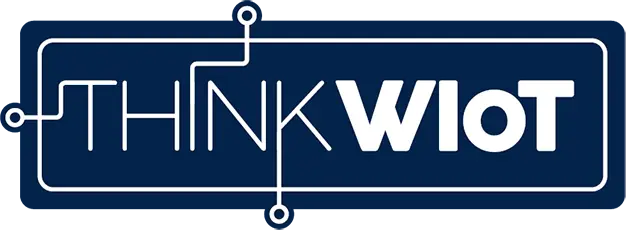

-über-Wi-Fi-HaLow-responsive.webp)
